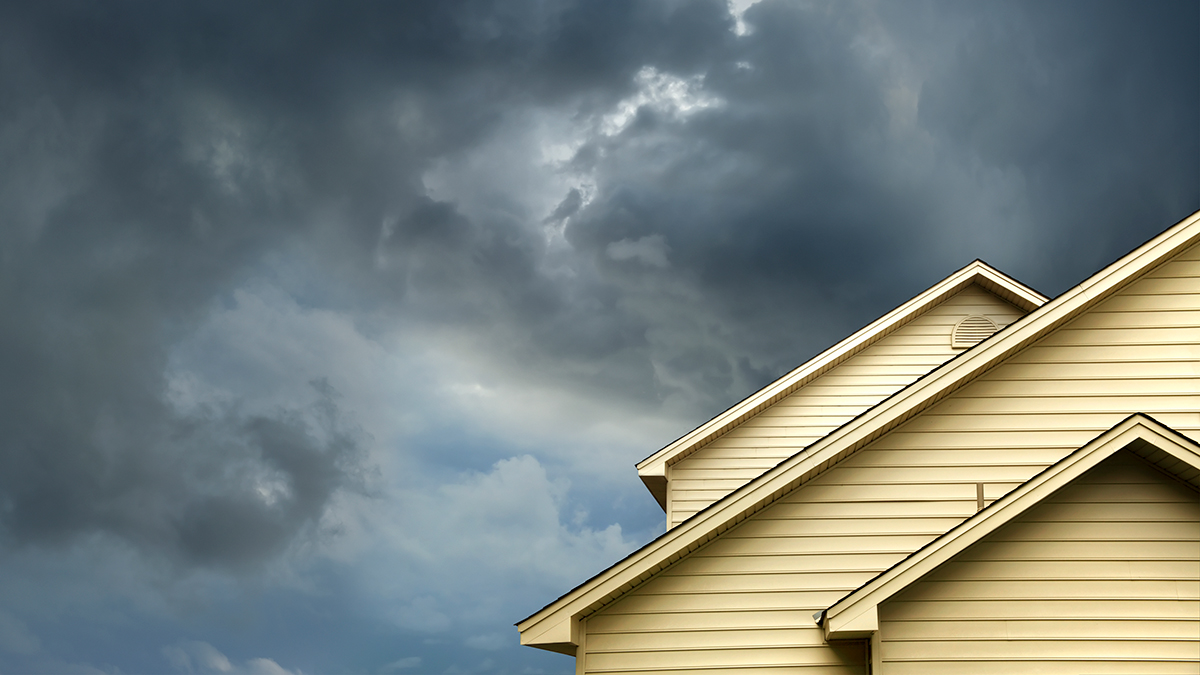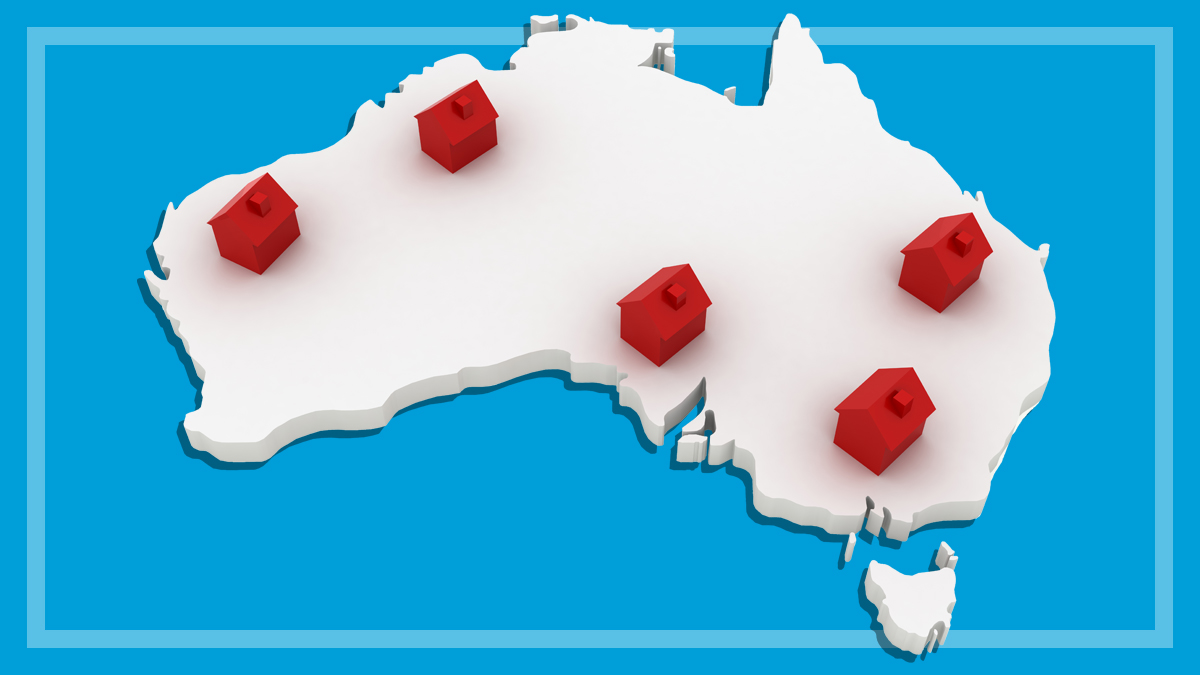Get our independent lab tests, expert reviews and honest advice.
How to save money on your home insurance

With the current cost of living, Australian households are looking for ways to cut down their everyday bills.
On this page:
- 1. Shop around
- 2. Consider increasing your excess to $1000–1500
- 3. Avoid the loyalty penalty
- 4. Look for discounts
- 5. Consider paying yearly, not monthly
- 6. Take out one of our recommended policies
Just like with your health insurance and utility bills, there are some simple things you can do to cut the cost of your home insurance, says CHOICE insurance expert Daniel Graham.
Here’s where to start.
1. Shop around
If you’ve been with the same insurer for more than 24 months, Daniel advises calling your insurer to ask them if you can get a better deal. Then, get quotes from at least three other insurers to compare and find the best value – some will match or beat competitors’ premiums. And new customers often get a discount to sweeten the deal.
A good place to start is the CHOICE home insurance review. We’ve compared more than 50 different home insurance policies from across the market to help you find the right cover for your building and contents.
Get quotes from at least three other insurers to compare and find the best value – some will match or beat competitors’ premiums
We’ve looked at home and contents policies offered by all the major insurers, including NRMA, GIO, QBE, Budget Direct, Youi and more, to help you figure out which one is right for you, including giving them a price rating which indicates, on average, how expensive a policy is compared to others.
And, unlike other insurance comparison websites, we’re completely independent and don’t get paid by any of the insurers we’re comparing. When getting quotes, also consider the level of cover you need. If you’ve made any changes to your home or your circumstances have changed, it may be worth adjusting your coverage. You can find out more about how to figure out the sum you should insure your house for in our home and contents insurance buying guide.
How much does home insurance cost?
Shopping around can save you thousands of dollars. The difference in average premiums between the cheapest and most expensive policy ranges from $3465 in the Northern Territory to $1569 in South Australia.
In all states, average premiums for the most expensive policy are around double the average premiums for the cheapest, so there are a lot of savings to be found.
This infographic is called “How much is home insurance?” It has a bar chart that displays the average premium for the cheapest and most expensive policy in each state.
In the Australian Capital Territory, the cheapest average premium was $2111, and the most expensive was $3841.
In New South Wales, the cheapest average premium was $3493, and the most expensive was $5949.
In the Northern Territory, the cheapest average premium was $3149, and the most expensive was $6614.
In North Queensland, the cheapest average premium was $3118, and the most expensive was $6386.
In South Queensland, the cheapest average premium was $2779, and the most expensive was $5652.
In South Australia, the cheapest average premium was $1405, and the most expensive was $2974.
In Tasmania, the cheapest average premium was $1928, and the most expensive was $3659.
In Victoria, the cheapest average premium was $2223, and the most expensive was $4465.
In Western Australia, the cheapest average premium was $1734, and the most expensive was $3315.
Average premiums based on a market-representative sample of 159,177 quotes for building and contents insurance collected in April 2025. Quotes for a wide variety of customer profiles were obtained with as near as possible to $1000 excess. We calculated the average premium for all policies: premiums shown are for the policies with the lowest and most expensive average quote across all scenarios in a state or territory. Queensland is divided into north and south along the Tropic of Capricorn.
2. Consider increasing your excess to $1000–1500
The excess is the amount you need to pay towards a claim before your insurer will cover the rest. A higher excess can result in lower premiums, as it may mean you make fewer claims overall.
For example, if you have an excess of $500 on your policy, this is the amount you have to pay when making a claim.
With a $500 excess, it makes sense for you to make a $1500 claim. But if you increase your excess to $1500, you would only make claims that are higher than that amount to make it worth your while. The insurer therefore charges you less, as you’re likely to make fewer lower-value claims.
Having an excess of between $1000 and $1500 seems to be where you can get the best savings
Daniel Graham, CHOICE home insurance expert
“Generally speaking, your premium goes down around 10% for every $500 increase to your excess,” says Daniel.
“Having an excess of between $1000 and $1500 seems to be where you can get the best savings. We’ve found there are diminishing benefits to increasing your excess much above that.
“Some insurers offer very high excesses around the $5000 mark or higher, but those levels seem to be there for people who live in places at high risk of natural disaster, where home insurance is already very expensive and people need to bring down their premiums any way they can.”
3. Avoid the loyalty penalty
New customers often get cheaper premiums than renewing customers, as insurers offer discounts to attract new customers while keeping customers who have been with them for years on the same rate.
“We call this the loyalty penalty,” says Daniel.
“It simply means that if you haven’t switched insurers for a while, you’re likely missing out on savings. If you’re willing to put in the effort you could theoretically change your insurer every year or so to keep getting the first year discount.”
Simply check your renewal price against your current insurer’s online quote calculator. If the price is lower for a new customer, call and ask them to match the lower price.
4. Look for discounts
Many insurers offer discounts for things such as installing security systems, having a good claims history, or if you’re working from home a lot.
Bundling your home insurance with the provider of your other insurance – your car insurance, for example – can also reward you with a discount.
But, make sure you read the details of the policies carefully, warns Daniel.
“You’ll need to make sure the policies will suit your needs – you don’t want to get discounted home and contents cover just to end up with a dud car insurance policy,” he says.
5. Consider paying yearly, not monthly
You can also get a discount by paying your premiums annually instead of monthly.
“Some insurers charge you more to pay by the month, which means you could be paying 10–25% extra each year. Some insurers charge a flat fee for paying monthly, although most simply tack on a percentage of your premium as the penalty,” says Daniel.
Some insurers charge you more to pay by the month, which means you could be paying 10–25% extra each year
Daniel Graham, CHOICE home insurance expert
In any case, if you currently pay monthly but could afford to pay a whole year’s worth of insurance in advance, call your insurer to ask what the difference in cost would be.
If you can’t afford to pay upfront, look for an insurer that doesn’t charge fees for paying by the month.
These insurers don’t charge you extra to pay by the month:
- Allianz
- ANZ
- Apia
- Bank of Melbourne
- BankSA
- CBA
- Great Southern Bank
- Honey
- Hume Bank
- NAB
- National Seniors
- RAA
- RAC
- St. George
- Sure
- Westpac
6. Take out one of our recommended policies
The policies our experts recommend have superior cover, and they’re often cheaper than average policies. When we compare home and contents insurance we look at what cover a policy provides and how much it costs on average in a state or territory.
The best policies are recommended by our experts and they are the ones you should start with when shopping around. Consider the level of cover you need, then check out our comparison and recommendations to find the best value policies that meet your requirements.
This infographic is titled “How much can you save with a policy recommended by Choice?” It depicts a map of Australia with a dollar figure superimposed over each state and territory. The dollar figures are the difference between the average premium of the cheapest recommended policy in that state, and the average premium of all non-recommended policies. Averages are based on market-representative quotes collected in July 2025.
For New South Wales, the potential saving is $160.
For the Northern Territory, the potential saving is $1480.
For North Queensland, the potential saving is $1595.
For South Queensland, the potential saving is $353.
For South Australia, the potential saving is $847.
For Tasmania, the potential saving is $832.
For Victoria, the potential saving is $609.
For Western Australia, the potential saving is $309.
Note: For our September 2025 comparison, the average price of our recommended policy in ACT was $59 higher than the market average. Because we take cover as well as price into account when making recommendations, we sometimes recommend policies that are not the absolute cheapest available.
Pru: ‘I saved $700 a year by switching insurers and paying annually’
While helping to write this piece on ‘How to save on home insurance’, I figured I should take a look at my own policy. We have other insurance policies with my state’s motoring club insurer and they offer a loyalty discount, so we considered sticking with them for our policy on our house.
Including a loyalty discount, we were quoted an annual premium of $1831.36 or $157.40 per month based on our sum insured for building and contents (with an excess of $1000 for building and $750 for contents).
When I looked into the details, I realised we would be paying slightly more ($55.90 over a year) by opting to pay monthly. It’s not much, but that’s still money I’d prefer to have in my pocket. So, I checked out the CHOICE reviews to find out which insurers had the best ‘price rating’ for New South Wales and obtained quotes from them.
Even by keeping the same excess, and opting to pay annually, the quotes I received from two other Big Four insurers were around $680 less per year (including discounts for signing up online). Seems like an easy way to make some savings to me!






